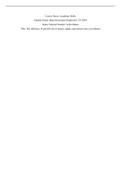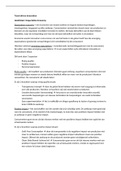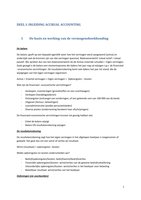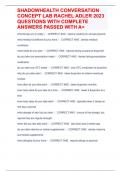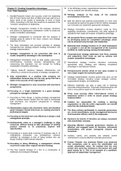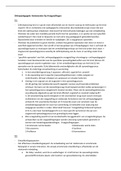Essay
Academic Skills, Individual Assignment: The influence of growth rate of money supply and interest rates on inflation, VU, International Business Administration, Year 1
- Instelling
- Vrije Universiteit Amsterdam (VU)
Essay for individual Assignment Academic Skills IBA VU year 1
[Meer zien]
